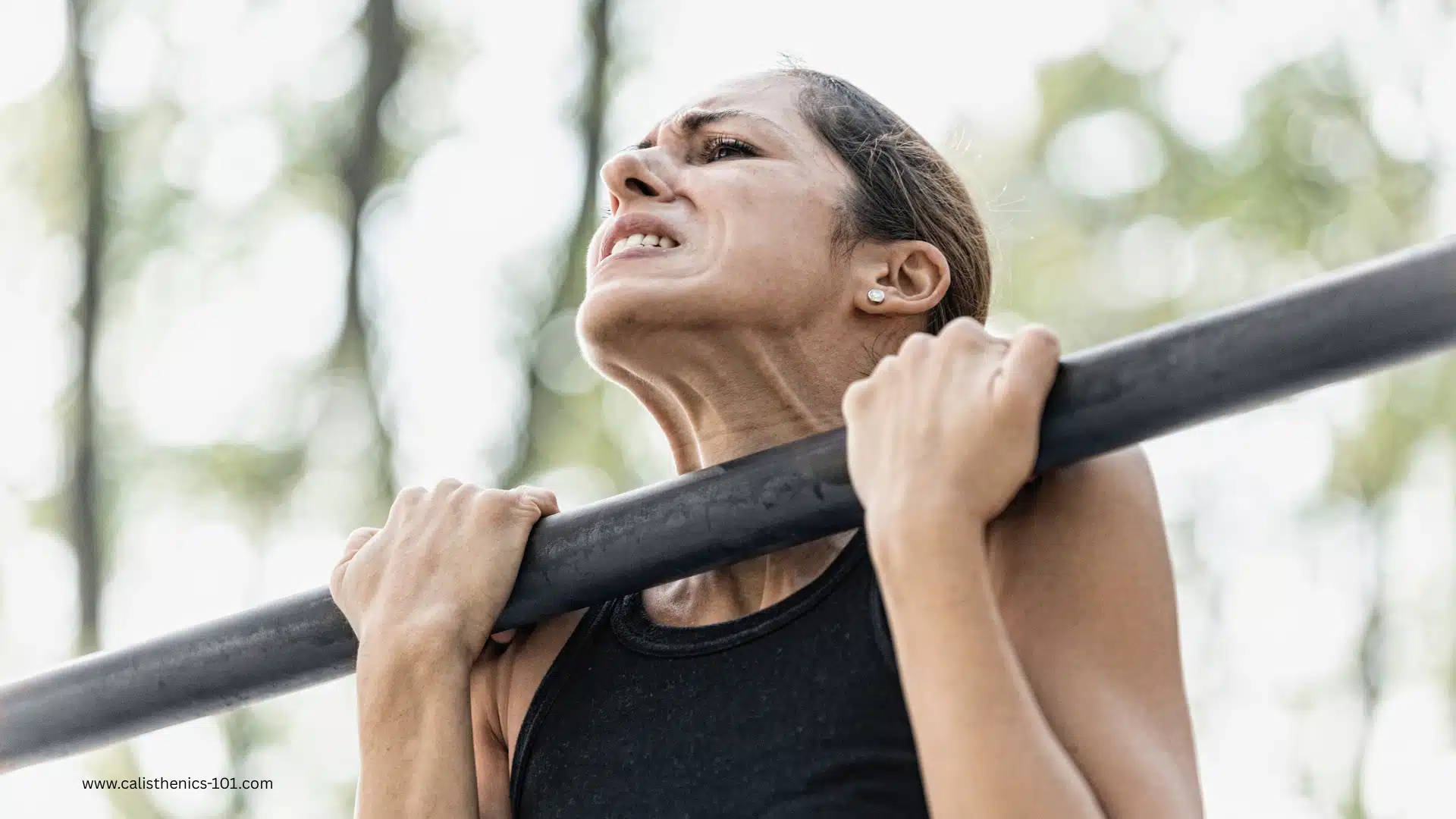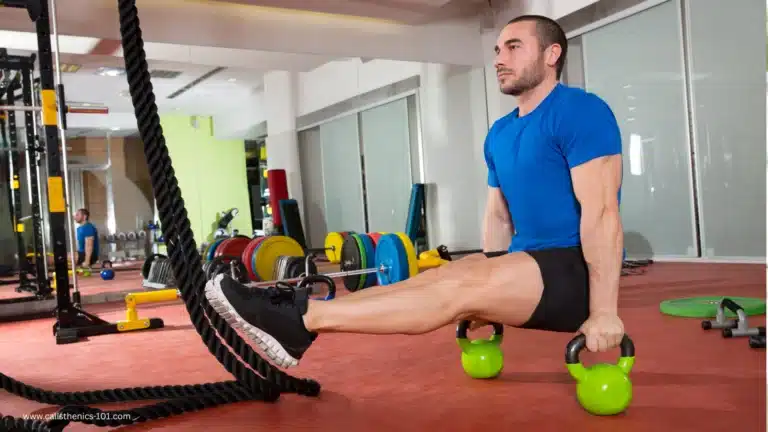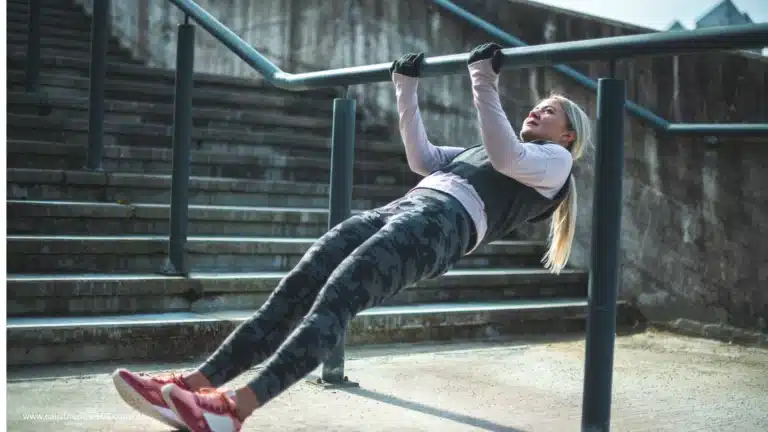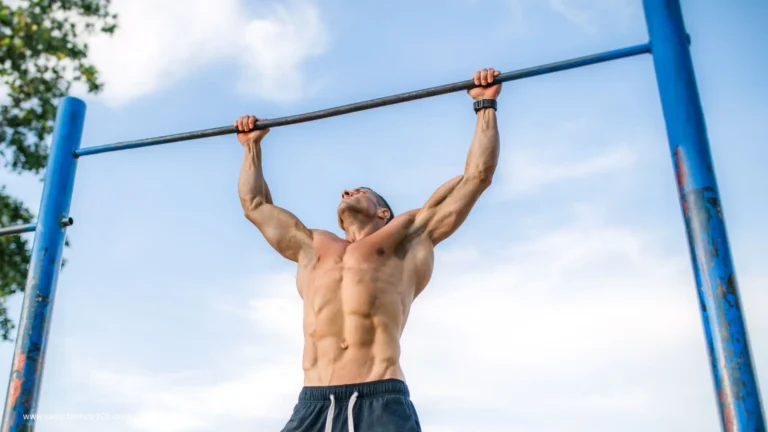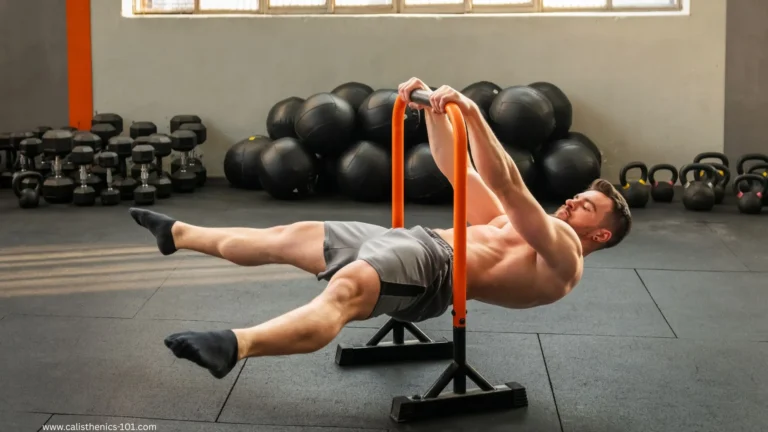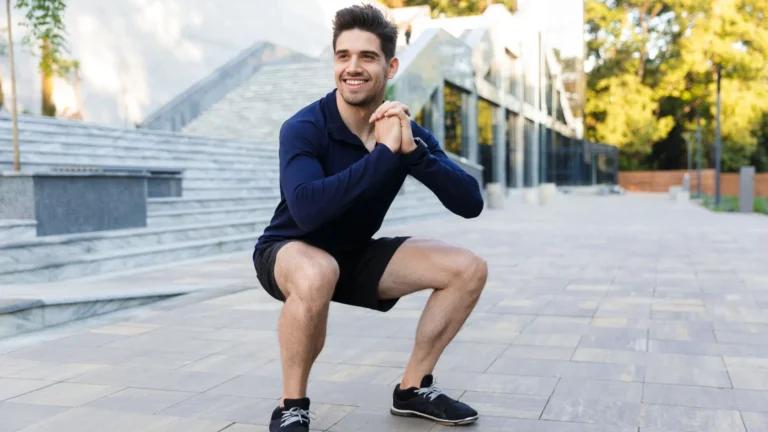7 Incredible Benefits of Chin Ups That Will Transform Your Strength Today!
Table of Contents
If you’re looking for an efficient way to build upper body strength, torch calories, and enhance your functional fitness—all without needing a gym—then you need to understand the benefits of chin ups. This underrated bodyweight exercise can completely transform your strength training routine, offering results that are visible and lasting.
In this guide, we’ll explore 7 powerful benefits of chin ups that will convince you to add them to your routine immediately. Whether you’re a beginner or a seasoned athlete, chin-ups are a game-changer. Let’s dive in and discover why.
What Are Chin Ups? (And How Are They Different from Pull Ups?)
Before we explore the benefits of chin ups, it’s important to clarify what they are and how they differ from pull-ups. Many people confuse the two, but each has unique characteristics and advantages.
Chin Up vs Pull Up : What’s the Difference?
| Exercise | Grip Position | Primary Focus Muscles | Difficulty Level |
|---|---|---|---|
| Chin Up | Underhand (palms facing you) | Biceps, lower lats, core | Moderate |
| Pull Up | Overhand (palms facing away) | Upper lats, traps, shoulders | More Difficult |
While both exercises are excellent for upper-body strength, chin-ups tend to be more bicep-focused and are slightly easier to perform, especially for beginners. This makes them a great starting point before progressing to pull-ups.
1. Build Bigger Biceps and Forearms
One of the most noticeable benefits of chin ups is their ability to grow your arms fast.
Unlike pull-ups, which emphasize the back, chin-ups target your biceps and forearms thanks to the supinated grip. This grip allows you to lift more weight (your body weight) using your arms, making chin-ups a highly effective arm-builder.
Why Chin Ups Beat Bicep Curls:
- Engage multiple muscle groups simultaneously
- Promote real-world strength, not just pump
- Allow progressive overload by adding weight
If your goal is bigger arms and improved grip, chin-ups should be at the top of your list.
2. Improve Overall Upper Body Strength
Looking for one move that works your arms, back, shoulders, and core? You’ve found it. Another key benefit of chin ups is their ability to build upper body strength in a balanced and functional way.
What Muscles Do Pull Ups (and Chin Ups) Work?
While pull-ups hit the upper lats and traps more directly, chin-ups target:
- Biceps
- Latissimus dorsi (lats)
- Rhomboids
- Trapezius
- Teres major
- Core stabilizers
Over time, regularly performing chin-ups will enhance your muscular endurance and make you stronger in both daily activities and other workouts.
3. Enhance Core Stability and Definition
You might not immediately think of chin-ups as a core exercise, but they’re secretly one of the best moves to tighten your midsection. Engaging your core while you lift prevents swinging and ensures proper form, which builds core strength over time.
Chin Ups for Abs? Yes!
Here’s how chin-ups work your core:
- Require isometric contraction of your abdominals
- Improve spinal alignment and posture
- Engage the transverse abdominis, obliques, and lower abs
Try hanging leg raises after chin-ups to amplify your core engagement in one seamless set.
4. Skyrocket Your Grip Strength
Strong hands and wrists are often overlooked in training, but they’re essential for athletic performance and injury prevention. Fortunately, one of the lesser-known benefits of chin ups is the development of superior grip strength.
Why Grip Strength Matters:
- Boosts deadlift, rowing, and climbing performance
- Reduces injury risk from slips or wrist imbalances
- Enhances your control during other compound movements
Use thick bars or towels during your chin-up routine to further challenge your grip.
5. Boost Functional, Real-Life Strength
Functional strength is about more than how much you can lift—it’s about how well your body performs in real-life movements. Chin-ups train your body as a unit, which is why they’re a favorite among military, gymnasts, and elite athletes.
Everyday Applications of Chin-Up Strength:
- Carrying groceries or luggage
- Climbing, reaching, or lifting
- Playing sports or working a physically demanding job
The compound nature of chin-ups makes them a true functional strength exercise, not just an aesthetic one.
6. Accelerate Fat Loss and Muscle Definition
Yes, chin-ups can help you burn fat.
Since chin-ups recruit multiple large muscle groups simultaneously, they spike your heart rate and metabolic activity. This leads to more calories burned during and after your workout, making chin-ups an ideal move for those looking to lose fat and tone up.
Benefits of Chin Ups for Fat Loss:
- Engage large muscle groups = high calorie burn
- Trigger afterburn effect (EPOC)
- Combine strength + cardio benefits
Add chin-ups into a high-intensity circuit or superset for maximum fat-torching effects.
7. Build Mental Toughness and Discipline
Let’s be real: chin-ups are hard. And that’s exactly why they’re valuable.
One of the most underrated benefits of chin ups is how they train your mental grit. When you push yourself to get that first rep, then your fifth, then your tenth, you build discipline, confidence, and mental strength.
Mental Gains Include:
- Overcoming self-doubt and frustration
- Developing consistency and resilience
- Building a growth mindset through physical challenges
When you master the chin-up, you’re not just building muscle—you’re building a tougher version of yourself.
How to Start Chin Ups (Even If You Can’t Do One Yet)
If chin-ups still seem out of reach, don’t worry—everyone starts somewhere. Here’s a simple progression:
- Dead hangs (grip work and shoulder activation)
- Negative chin-ups (jump to the top, lower slowly)
- Assisted chin-ups (use resistance bands or machines)
- Full bodyweight chin-ups
- Weighted chin-ups (optional advanced stage)
Chin Ups vs Pull Ups: Which One Should You Do?
| Feature | Chin Ups | Pull Ups |
|---|---|---|
| Grip | Underhand (palms facing you) | Overhand (palms facing away) |
| Primary Focus | Biceps, lower lats, core | Upper lats, rear delts, traps |
| Beginner Friendly? | ✅ Easier for most beginners | ❌ Harder due to lever mechanics |
| Progression Speed | Fast arm and grip strength gains | Slower but great for upper back |
| Variety of Uses | Arms, core, functional training | Back sculpting and posture focus |
Bottom line: You should incorporate both in your training eventually. But if you’re starting out or focusing on arm strength, chin-ups are your best bet.
FAQ: Common Questions About the Benefits of Chin Ups
1. Are chin ups good for beginners?
Yes! Chin-ups are more beginner-friendly than pull-ups due to the grip position. They’re a great starting point for building upper body and arm strength.
2. What muscles do pull ups work compared to chin ups?
Pull-ups target upper lats, traps, and rear shoulders more, while chin-ups work the biceps, lower lats, and forearms.
3. How often should I do chin ups?
Start with 2–3 sessions per week. Your muscles need recovery time to grow and adapt.
4. What if I can’t do a single chin up?
Use progressions like negatives, assisted variations, or resistance bands. You’ll get there faster than you think.
5. Can chin ups replace other back exercises?
Chin-ups are one of the best compound back exercises. While variety is ideal, they can be your go-to movement for serious back and arm gains.
Final Thoughts: Time to Add Chin Ups to Your Routine
The benefits of chin ups go far beyond big biceps. They help you build serious strength, core stability, functional power, and even mental resilience. Whether you’re training for aesthetics, performance, or general fitness, chin-ups deserve a top spot in your routine.
Start where you are. Progress at your own pace. And soon enough, you’ll be repping out chin-ups with confidence.
👉 Ready to transform your upper body? Try adding chin-ups to your next workout—and if you want a full chin-up mastery program.

